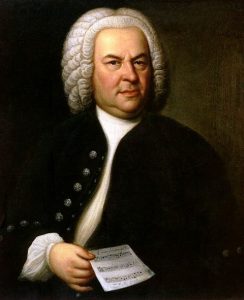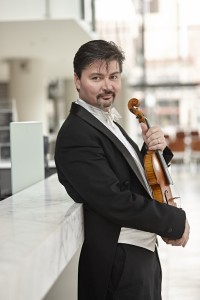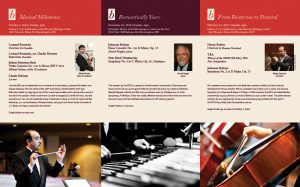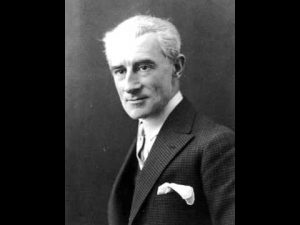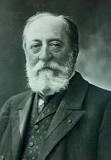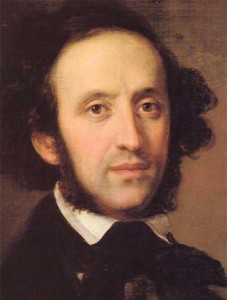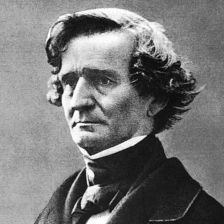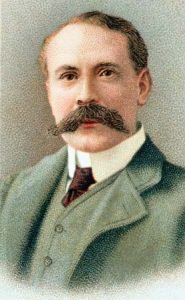Before each concert, we share “Manny’s Musings,” thoughts from our Music Director and Conductor, Manny Laureano. This is the final edition of the “Musings” for the “Musical Milestones” concert that will be performed on Sunday, October 7, 2018.
La Mer by Claude Debussy
It is always interesting to see how the visual arts and music seem to express themselves similarly through the ages. From the complex nature of Baroque paintings which often sought to render emotion without the benefit of great exaggeration to the suggestive Impressionist period, music seemed to be a willing accomplice at nearly the same times.
Great composers through the years have never been short on imagination. The greatest of those were always sure to compose and imply rather than hit you over the head with an idea. Whereas Renoir and Monet were content to let you do some of the work with your eye and your mind’s eye, so was Claude Debussy (1862-1918).
Active imaginations are occasionally fed by real-life experiences or desires. Debussy, whose father had been a proud member of the French Navy, would remark one day when it became clear that the maritime life was not in the cards, “…I’ve retained a sincere devotion to the sea. To which you’ll reply that the Atlantic doesn’t exactly wash the foothills of Burgundy …! And that the result could be one of those hack landscapes done in the studio! But I have innumerable memories, and those, in my view, are worth more than a reality…” So, perhaps it was a good thing that Debussy’s renderings in his colorful work, La Mer, benefited from what what his mind saw, rather than his eyes.
It can be easily argued that Debussy’s craft here led to the single greatest work of the Impressionist period even though, as often happens, the initial critical reception was not stunning. Even critics who were friendly to the composer could not wrap their brains around what they had just heard in 1905. With our contemporary ears, the salt air, the freshness of a welcome breeze, and the sound of fish playing below the surface is inescapable to the point where Minnesotans may recognize a section that was used to sell local spring water on a television commercial!
Join Music Director & Conductor Manny Laureano, for the concert, “Musical Milestones” featuring Michael Sutton as soloist and conductor for Bach’s A Minor Violin Concerto. The concert takes place on Sunday, October 7, 2018, at 3 p.m., at the Gideon S. Ives Auditorium at the Masonic Heritage Center (11411 Masonic Home Drive, Bloomington)
To learn more about the concert, click here. You can order tickets online through the Masonic Heritage Center Box Office, or by calling 800.514.ETIX.


